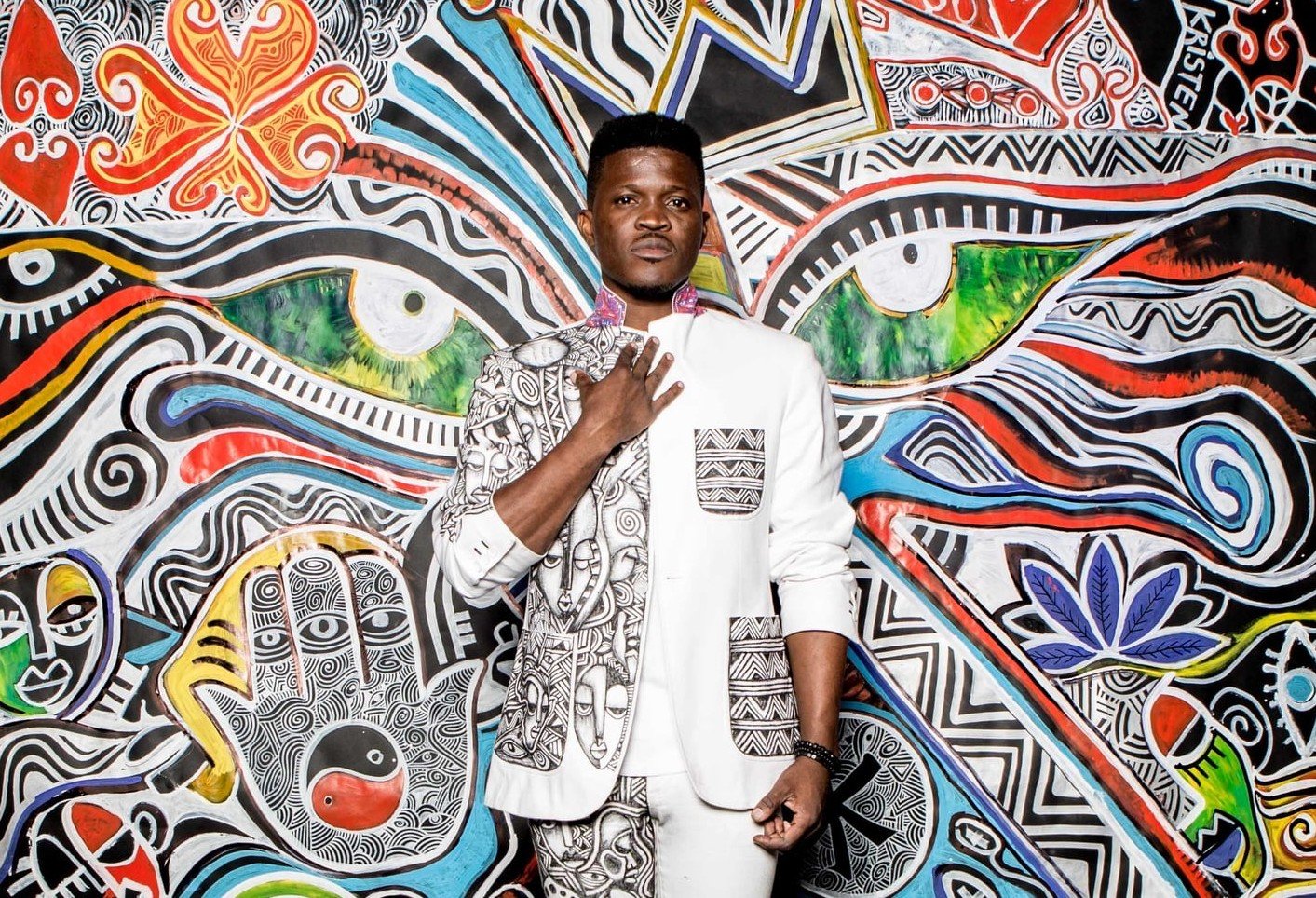
Laolu Senbanjo’s artwork in Beyoncé’s visual album,”Lemonade,” has conjured up a media storm that’s been rumbling along since it dropped on HBO last Saturday evening. In the past few days alone, Vogue called the Brooklyn-based artist their “new Instagram obsession,” and ABC News held a nationally syndicated interview.
In a conversation with OkayAfrica, Senbanjo said he was invited by the pop star’s management to decorate her dancers with his signature designs for “Sorry,” a song off of the new album. “It was crazy because I couldn’t say no,” he said. “If Queen B wants you… It was so unreal. I just left everything I was doing.”
Senbanjo cites his Nigerian roots as a major source of his visual inspiration, though formally, his visual references share affinities with Jean-Michel Basquiat and Keith Haring. He writes on his website: “All of my work is heavily influenced by my Yoruba heritage and often related to the environment I find myself in.”
Since leaving behind his life as a human rights lawyer in Nigeria, Senbanjo maintains multiple creative practices beyond his work in body art. Among them are visual works that appear on canvas, footwear, walls, and apparel. And he also advertises himself as an actor in the web series “Assorted Meat,” as well as a musician.
In a performance last September, Senbanjo invited an audience to observe his process of painting subjects (which he calls Yoruba Ritual Body Art) at Brooklyn’s Museum of Contemporary African Diasporic Art (MoCADA).
Senbanjo’s success, of course, comes at a time when Nigeria’s art market is experiencing a new era. British filmmaker and artist Zina Saro-Wiwa opened a pop-up gallery in Port Harcourt in 2014, and Theo Danjuma opened his Danjuma Collection in Lagos that same year. In an interview with Bloomberg, Giles Peppiatt, director of Bonhams, said that interest in contemporary African and diasporic art is on the rise. “Nigeria has certainly led the way in this revolution,” Peppiatt said, “with the artists and prices that have dominated the results coming from Africa.”
See more of Senbanjo’s body art, below.